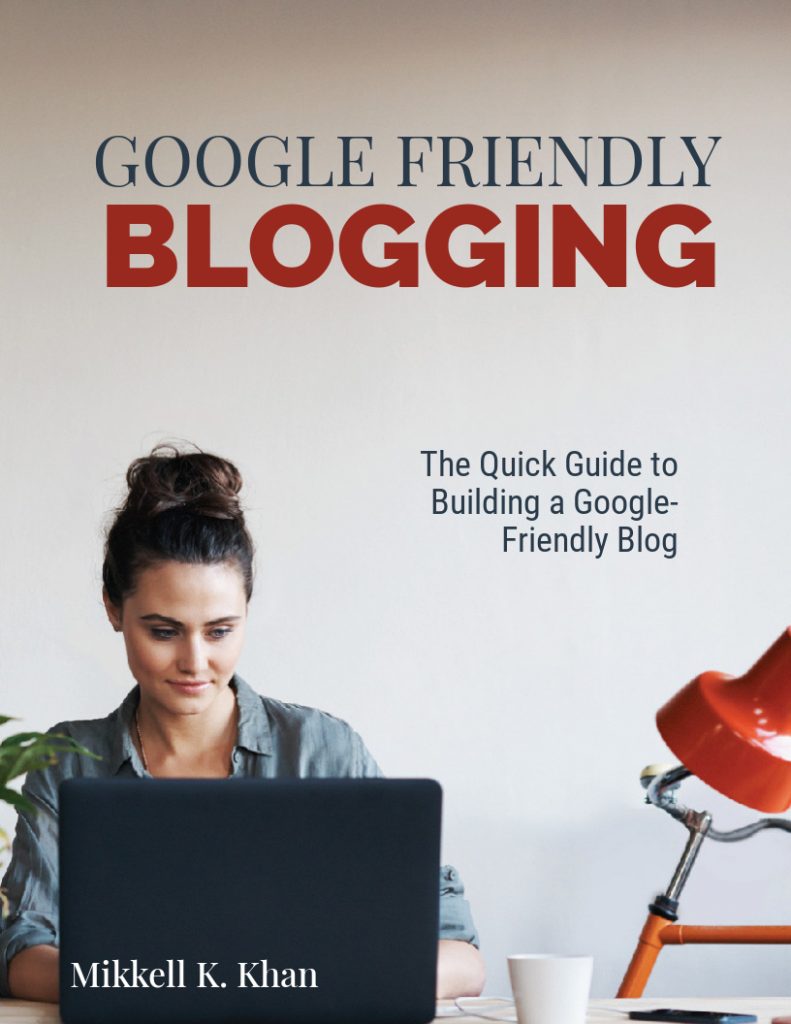Having the “best” camera for filmmaking is one thing, but having the RIGHT lenses – both for your personal lens kit or for your list of equipment for your next film project – is definitely important. While lens selection often comes down to personal preference, you also need to balance that against the needs of the production. The following article presents some useful tips to help you put together a lens package for filmmaking, with a couple of our recommended lens added for good measure.
DECIDE ON A NORMAL LENS – If you had to choose one prime lens to have in your kit, then it should be a “normal” lens. A lens is defined as normal when it produces images with a similar angle of view and perspective as human vision to the point that it creates a naturalistic feel. Shorter and longer focal lengths result in wider or more narrow angles of view, respectively, whilst distorting perspective.
Nikon AF-S FX NIKKOR 50mm f/1.8G Special Edition Fixed Zoom Lens with Auto Focus for Nikon DSLR Cameras
Nikon AI-S FX NIKKOR 50mm f/1.2 Fixed Zoom Manual Focus Lens for Nikon DSLR Cameras
ADD WIDE-ANGLE AND TELEPHOTO LENS – While it is possible for you to shoot an entire project with a normal prime lens, it’s more practical to add a wider lens and a longer telephoto lens to your kit.
A wide-angle lens is useful for exaggerating the distance between subjects and emphasizing and separating a subject in the foreground from the world behind said subject. You can also use it to create interesting effects with close-ups (like distorting an actor’s face), or give the lens itself a presence, where the audience feels the short distance of the lens to the actor.
Sigma 10-20mm f/3.5 EX DC HSM ELD SLD Aspherical Super Wide Angle Lens for Nikon Digital SLR Cameras
Rokinon 14mm f/2.8 IF ED UMC Ultra Wide Angle Fixed Lens w/ Built-in AE Chip for Nikon
Telephoto lenses, however, have the effect of compressing distance and making the background appear closer to foreground subjects. Telephoto lenses also have a shallower apparent depth of field than a normal or wide-angle lens will have when matching framing and aperture, making them good at making an actor or object “stand out” more.
The most common use of a telephoto lens in film production is for close-ups, as a slight telephoto effect helps to “flatten” or compress a subject’s facial features. A common focal length for close-ups is 85mm, but the focal length can be shorter or longer depending on what your personal preference is.
Canon EF 75-300mm f/4-5.6 III Telephoto Zoom Lens for Canon SLR Cameras (Certified Refurbished)
Nikon 70-300 mm f/4-5.6G Zoom Lens with Auto Focus for Nikon DSLR Cameras
GET FAST LENSES – A “fast” lens is one that has a wide maximum aperture, which is measured by a low f-stop number, such as 2.0, 1.8, and 1.4. Once you know what focal length you want, the speed of the lens is the next thing to consider.
There are two main benefits of faster lenses. The first, and perhaps most important, is that the wider the aperture opening, the greater the amount of light that is passed through to the sensor. This allows you to shoot in more dimly lit settings without having to increase the ISO and potentially add unwanted image noise.
The second main benefit of fast lenses is increased control over your depth of field. As the aperture opening increases, the depth of field becomes shallower, allowing you to you isolate your subject against an out-of-focus background.
If you can, try to purchase lenses that have a similar maximum aperture, because you’ll need to be able to cut between them within a scene without having to increase or decrease the amount of light. At the very least, you’ll want your core lenses (wide, normal, telephoto) to offer a maximum aperture of f/2.8 or faster. That way, if your ultra-wide or longer telephoto lenses are a little slower, you still have a set of lenses that can cover a scene.
Nikon AF FX NIKKOR 50mm f/1.8D prime lens with manual aperture control
TEST LENSES FIRST – Before making any decision and whether to purchase or rent a set of lenses, do yourself (and your film) a favor by testing them ahead of time. First, you want to make sure that the lenses have the optical quality and look that you’re seeking. Where one set of lenses might yield warmer and softer images, another might produce cooler and clinical images. You’ll have to decide what your personal preference is and what the production calls for.
During your testing, you’ll also want to check for things like sharpness and contrast across the frame, color consistency (particularly skin tones), collimation (accurate focus distance markings), and resistance to flares. If you’re renting lenses, be sure to test them on the camera you plan on using for your shoot, because the sensor and color science will play a major role in the final look of your images.
We hope that you found our article informative and insightful. Feel free to share your thoughts on our article, as well as your favorite lenses for filmmaking.
And of course, don’t forget to share this article and like/subscribe to our Diamond Films Limited Facebook page for latest updates on our blog.






